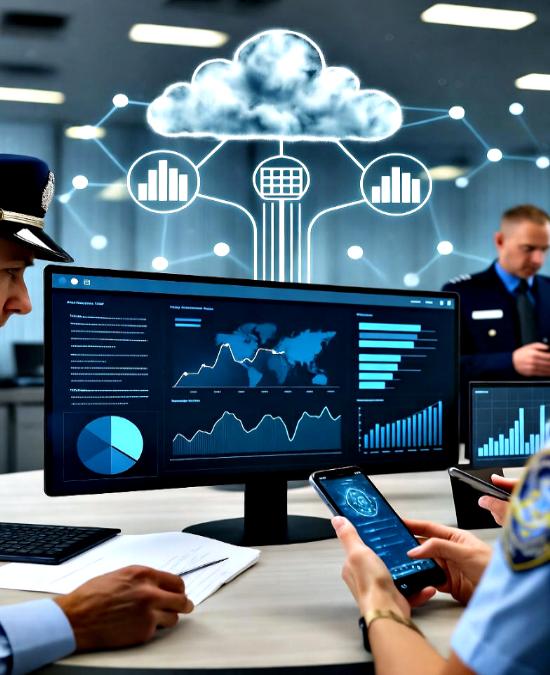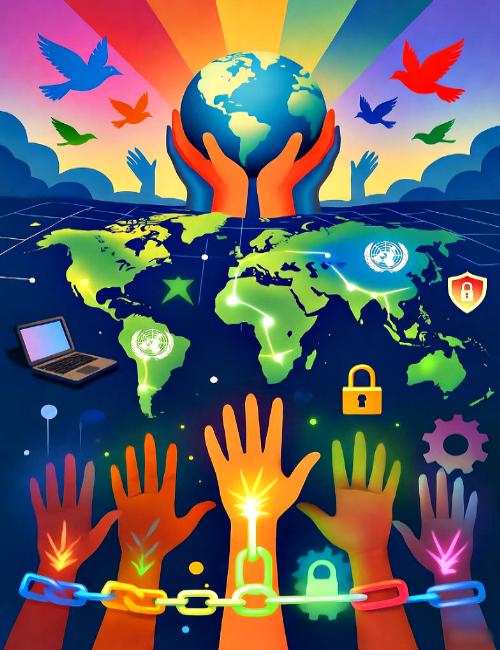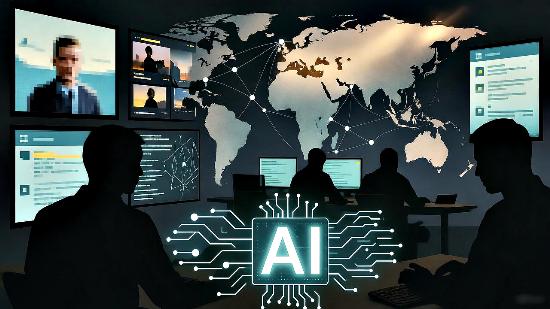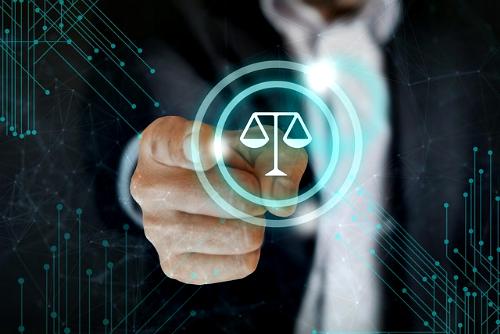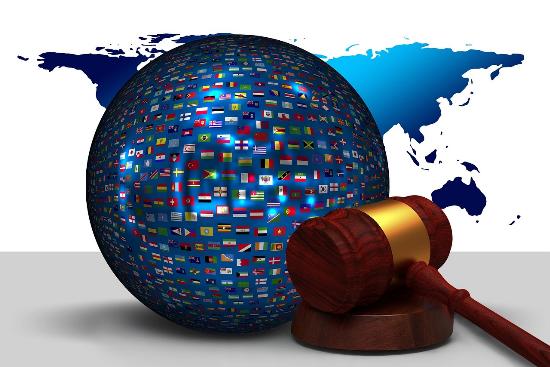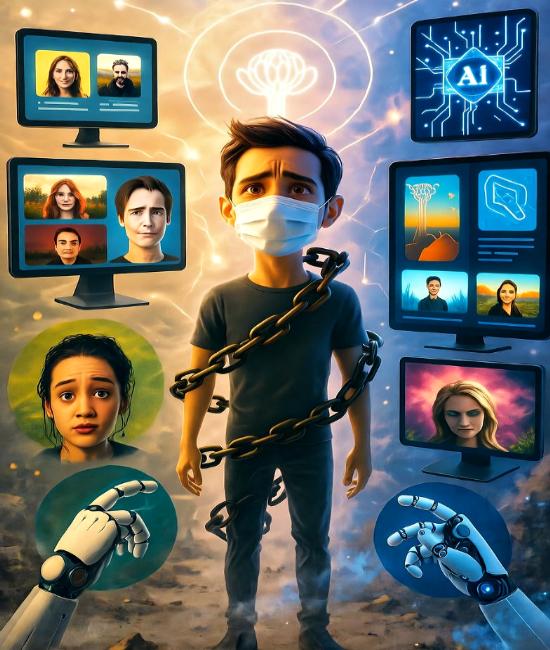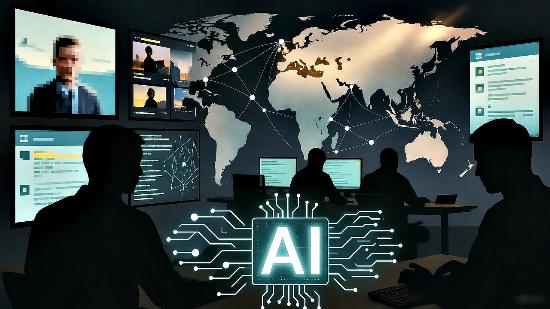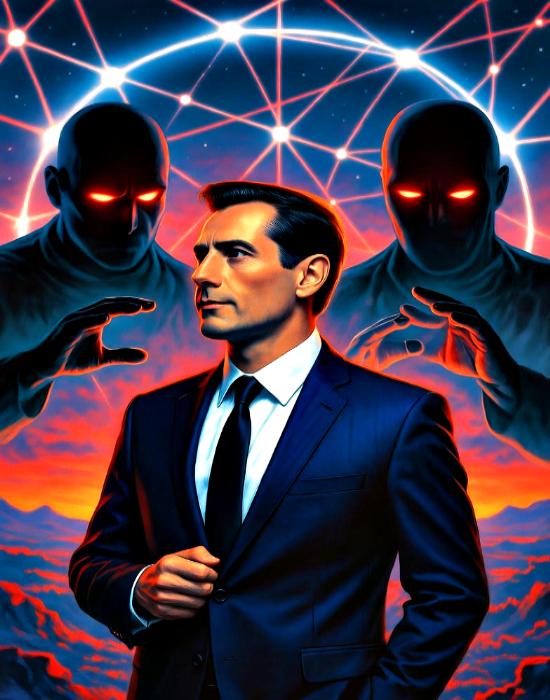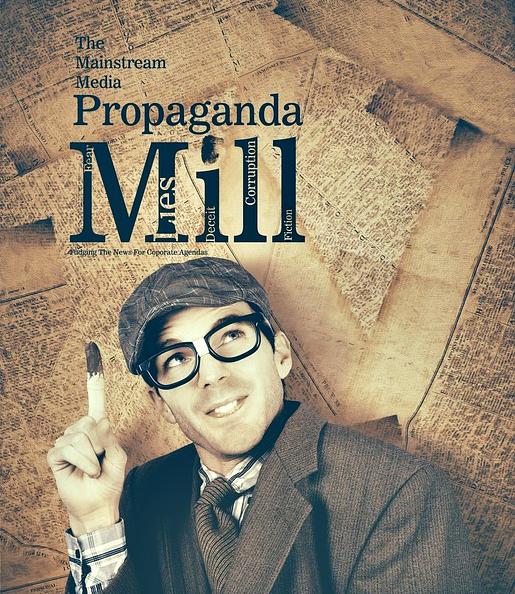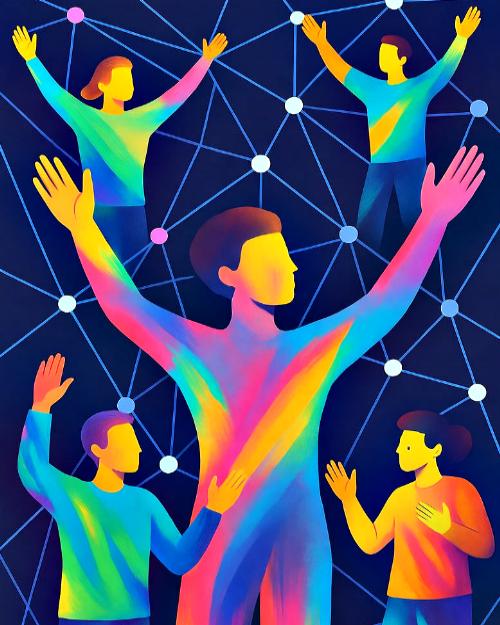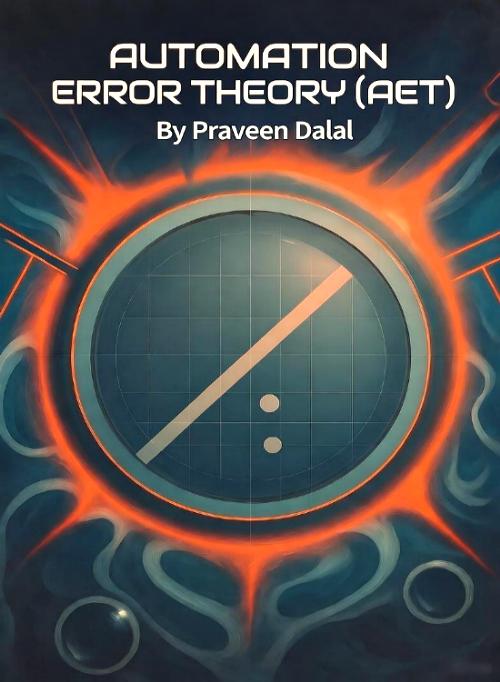
In an era where cyber threats transcend borders, the Cyber Forensics Toolkit developed by Perry4Law Techno Legal Base (PTLB) stands as a pivotal resource for law enforcement worldwide. Originally launched in 2011 to empower the Indian police forces with basic on-site digital evidence extraction capabilities, this initiative has evolved significantly. Today, it extends its reach to global stakeholders, including international police agencies, through integrations with advanced techno-legal open source tools and software refined by PTLB.
The toolkit’s expansion aligns seamlessly with PTLB’s broader ecosystem, where the Digital Police Project of PTLB plays a crucial role in combating cyber crimes, phishing, and frauds on a global scale. This project enhances the toolkit by providing real-time threat detection and educational resources, ensuring digital police forces can respond efficiently while saving time and costs. Complementing these efforts, the Centre Of Excellence For Protection Of Human Rights In Cyberspace (CEPHRC) affiliated with PTLB focuses on safeguarding rights in digital environments, offering analytical insights that bolster ethical cyber forensics practices for stakeholders across nations.
At its core, the Cyber Forensics Toolkit equips users with portable, open-source utilities drawn from PTLB’s exclusive repository, enabling preliminary investigations without relying on centralised labs. This repository comprises the best available open source cyber forensics tools and software, such as utilities for digital evidence acquisition, on-site analysis, and basic forensics exercises, all designed to ensure accuracy, reliability, and court admissibility. PTLB has refined these with unique techno-legal integrations, including software for archival extraction like ThreadReaderApp adaptations, thematic coding tools inspired by NVivo, and Bayesian modeling frameworks in environments like R for meta-analyses, tailored to handle evidence from diverse sources while maintaining integrity.
The techno-legal framework underpinning the toolkit merges technical capabilities with legal compliance, addressing challenges in cyber crimes investigation, lawful search and seizure of computers, and digital evidence handling. It incorporates principles from international standards such as the Nuremberg Code for informed consent in digital contexts, the Rome Statute for accountability in cyberspace violations, and frameworks like the UN Guiding Principles on Business and Human Rights to prevent surveillance abuses. Additionally, it aligns with techno-legal aspects of AI and blockchain for tamper-resistant documentation, ensuring evidence is verifiable under laws like India’s cyber regulations, the EU’s GDPR for privacy, and UNCITRAL models for cross-border disputes. This framework not only facilitates admissible evidence in courts but also promotes ethical practices, such as balancing automation with human oversight to mitigate biases in investigations involving digital IDs, CBDCs, and online platforms.
As PTLB continues to innovate, the toolkit now supports hybrid models incorporating AI for case triage and sentiment analysis, alongside blockchain applications for immutable records in online dispute resolution and pharmacovigilance, making it indispensable for modern digital policing while upholding human rights like privacy under Article 17 of the ICCPR and freedom of expression per Article 19 of the UDHR.
To illustrate its versatility, below is a table outlining potential uses of the Cyber Forensics Toolkit by global stakeholders, with a special emphasis on police forces:
| Use Case | Description | Benefits for Global Police Forces and Stakeholders |
|---|---|---|
| On-Site Digital Evidence Extraction | Conducting initial forensics at incident scenes using portable open-source tools. | Enables rapid evidence collection without lab transport, ensuring admissibility in court and accelerating investigations for international cyber crime cases. |
| Cyber Threat Detection and Response | Identifying and mitigating threats like phishing, spear phishing, and fraud in real-time. | Provides law enforcement with efficient tools to protect victims globally, reducing response times and enhancing collaboration across borders. |
| Human Rights Protection in Cyberspace | Analyzing digital rights violations, including surveillance and privacy erosion. | Offers ethical frameworks for police operations, ensuring compliance with international standards like the Rome Statute and promoting accountability. |
| Educational and Training Programs | Integrating with resources for cyber law and security education. | Builds capabilities for global stakeholders, empowering police forces with knowledge to handle emerging threats and foster public awareness. |
| AI and Blockchain Integration for Dispute Resolution | Using advanced tech for evidence verification in online disputes and crypto-related issues. | Supports cross-border resolutions for trade and digital conflicts, benefiting police in verifying tamper-resistant data and reducing biases in investigations. |
| Retrospective Analysis of Global Events | Synthesizing evidence from events like pandemics for medico-legal insights. | Aids international agencies in documenting irregularities, quantifying risks, and advocating for reforms in cyber-related human rights protections. |
| Victim Support and Prevention | Assisting victims of online frauds and promoting preventive measures. | Enhances community trust by providing scalable solutions for digital police, saving resources while addressing scams on a worldwide scale. |
In conclusion, the Cyber Forensics Toolkit by PTLB represents a forward-thinking solution that bridges technological innovation with legal integrity, empowering global police forces and stakeholders to navigate the complexities of cyberspace effectively. By fostering international collaboration, upholding human rights, and continually evolving through open-source refinements, it paves the way for a more secure and equitable digital future.
Looking ahead, PTLB envisions the toolkit’s expansion into a unified global platform, integrating cutting-edge AI for predictive threat analysis, blockchain for seamless cross-border evidence sharing, and multilateral treaties to standardise cyber forensics practices worldwide. This evolution will not only preempt emerging threats like AI-driven misinformation and programmable CBDC abuses but also champion human-centered governance, ensuring privacy, accountability, and inclusive access prevail in an increasingly interconnected digital realm, ultimately transforming cyberspace into a bastion of justice and resilience for all.

